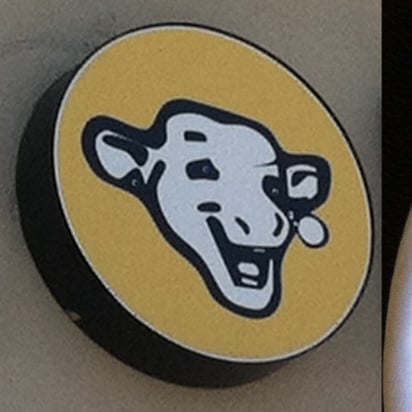

Sounds like he can obtain a million dollar settlement, because that’s how it works over here right?


Sounds like he can obtain a million dollar settlement, because that’s how it works over here right?


I wonder what the practical reason is for not just allowing full alphanumeric number plates. Each digit would then have 32 possibilities (I, O, Z, and S should be avoided to prevent confusion with 1, 0, 2, and 5). This gives 34.36 billion possible number plates which seems sufficient for at least the next couple years.


It’s more complex. In Photoshop, it’s a single tool. In GIMP, you make a circular selection, convert it to a path, and then stroke the path.
Not only is this more convoluted, it’s bewilderingly unintuitive to beginners and is definitely one of GIMP’s shortcomings.


I doubt that GIMP will ever overtake Photoshop. Adobe has the money to employ (and does employ) hundreds of experts in their fields to work on Photoshop for 8 hours a day, 5 days a week, 52 weeks a year. Although GIMP is very impressive as an open-source project and a massive testament to how far the free software model can go, it is still, at the end of the day, made by a ragtag band of (mostly) amateurs volunteering their time. Adobe, by brute force, can deliver a higher-quality product just by having the resources to employ the best people to work for them.
I love GIMP. I use it for all my image editing needs and would never consider giving a dime to Adobe. But I don’t do it for a living and I respect the opinions of those who do when they say that GIMP isn’t a good replacement for Photoshop.


Just a cursory glance, but GIMP still doesn’t seem to support additive curves and CMYK support is still rudimentary and needs a plugin


I think for a real Photoshop vs GIMP comparison from the eyes of a professional, I’d like to share Franklin Veaux’s perspective. He’s an author, graphic designer, and the infamous local polygamist.
For some inexplicable reason I am really craving ice cream right now.